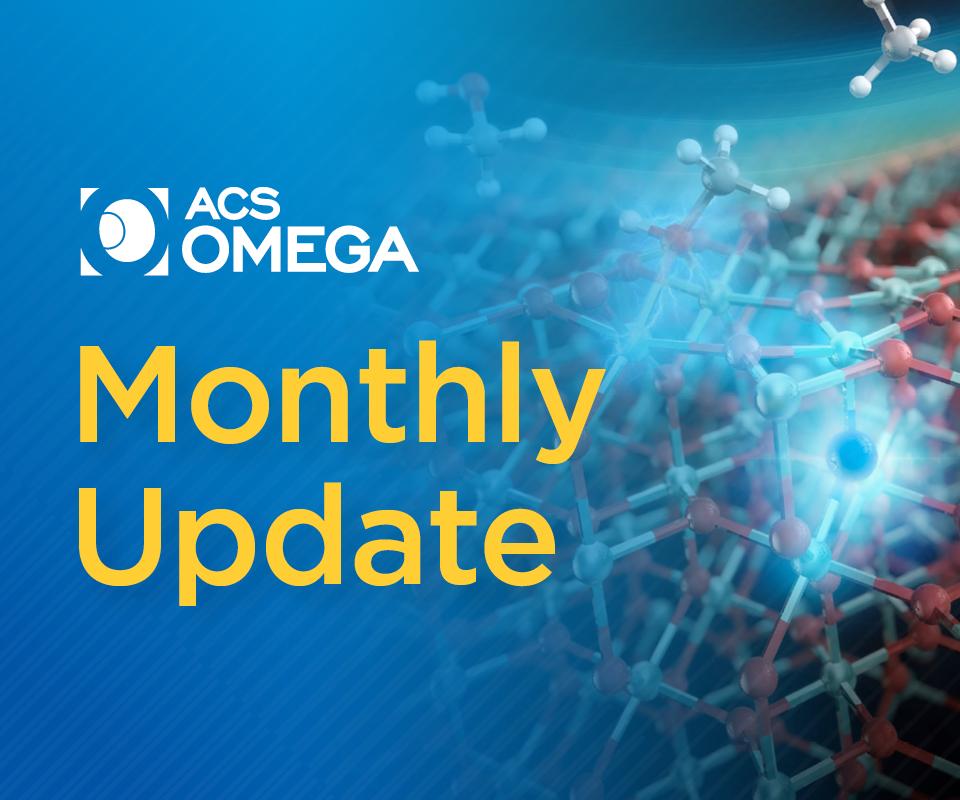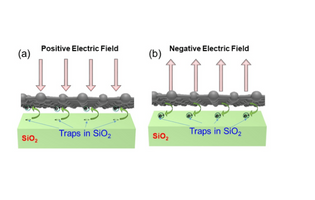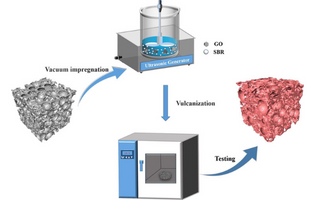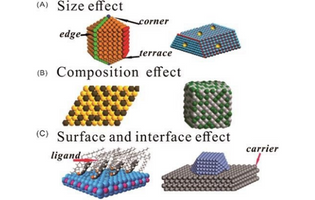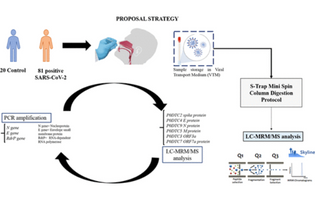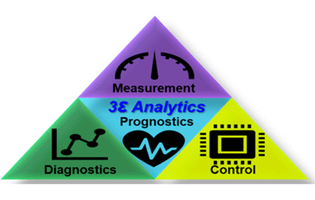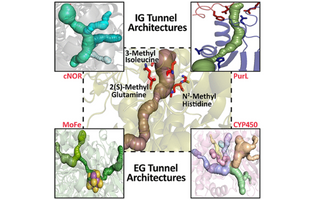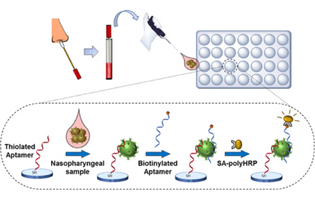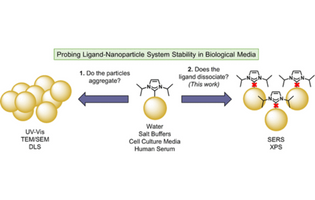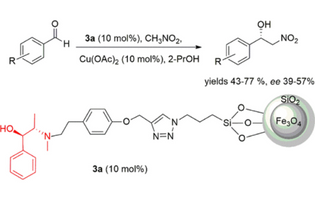What's New
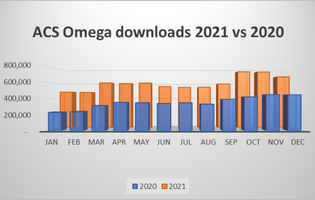
2021: Another Year of Records for ACS Omega
This has been the second year the pandemic has challenged scientific communities (but not only, of course). At ACS Omega, we are proud to be serving the scientific community by providing an excellent hub for the publication of sound scientific research. We believe this is, ultimately, the best way to fight the pandemic from our position.
The following numbers best represent our achievements in 2021:
- Submissions were up >16% over the previous record set in 2020
- Our impact factor grew to 3.512, with a 5-year Impact factor of 3.613
- Article downloads at ACS Omega sky-rocketed with a 74% increase, from 4.2M downloads in 2020 to 7.2M downloads in 2021
We are proud of our ever-growing community of readers, reviewers, and authors!
ACS Omega - In The News
Thermoplastic elastomers (TPEs – sometimes called thermoplastic rubbers) are a chemically-bonded combination of multiple polymers (“copolymer”) – typically a plastic and a rubber – that have both thermoplastic and elastomeric properties. This study by Nagoya University and the Zeon Corporation is the first to evaluate the impact resistance of the new elastomeric materials based on i-SIS, and compare them to the impact resistance of a typical high-strength material based on glass-fiber-reinforced plastic.
Bioengineer.org - New rubber material’s impact resistance surpasses that of glass-fiber reinforced plastic
Reference: T. Kajita et al. (2021) Highly Impact-Resistant Block Polymer-Based Thermoplastic Elastomers with an Ionically Functionalized Rubber Phase, ACS Omega DOI: 10.1021/acsomega.1c05609
It is well known that the carrier density in graphene is highly sensitive to external perturbations. Such change in carrier density is reflected in the drain current. Although there was some attempt and proposal to use graphene as an electric field sensor, none of the previous works established the underlying mechanism of electric field sensing in graphene. Therefore, researchers at Japan Advanced Institute of Science and Technology (JAIST) and Otowa Electric Co., Ltd., a leading lightning protection equipment manufacturer, set off to establish the mechanism to make any improvement in the sensor.
Scienmag - Researchers uncover the mechanism of electric field detection in microscale graphene sensors
Reference: A. Kareekunnan et al., (2021) Revisiting the Mechanism of Electric Field Sensing in Graphene Devices, ACS Omega DOI: 10.1021/acsomega.1c05530
Noise pollution is an ever-present environmental problem in urban areas. To reduce the negative health effects it induces, sound-absorbing materials are commonly employed, but their performance at low frequencies needs to be improved. To this end, this paper has investigated the development of ceramic sound-absorbing materials enhanced with graphene oxide.
AZoMaterials - Ceramic Sound Absorption Impacted by Graphene Oxide
Reference: C. He et al. (2021) Enhanced Sound Absorption Properties of Ceramics with Graphene Oxide Composites, ACS Omega DOI: 10.1021/acsomega.1c03362
New methodologies for increasing catalytic hydrogenation performance using Pd-based catalysts are examined in a new study published in ACS Omega. The detailed analysis concludes, among other things, that to achieve high chemical selectivity, the catalytically active sites must have consistent geometric and electrical structures, allowing the objective functional groups also to be adsorbed on the catalyst while avoiding numerous absorption mechanisms.
Reference: X. Zhao et al. (2021). Recent Progress in Pd-Based Nanocatalysts for Selective Hydrogenation. ACS Omega DOI: 10.1021/acsomega.1c06244
Key Journal Metrics
- ACS Omega published 339 articles in December, for a total of 3,477 in 2021
- Articles published by ACS Omega were downloaded 690,262 times in December for a total of 7,236,697 in 2021, representing a 74.4% increase in usage compared to 2020.
Published Issues
pp. 35145-35875
pp. 34193-35144
pp. 33240-34192
pp. 32342-33239
Featured Articles
Shaama Mallikarjun Sharada et al. University of Southern California, USA
ACS Omega 2021, 6, 49, 33253–33264
Organic catalysts have the potential to carry out a wide range of otherwise thermally inaccessible reactions via photoredox routes. Using one-electron CO2 reduction with phenylene-based chromophores as an illustrative example, this perspective highlights recent developments in quantum chemistry that can advance our understanding of photoredox processes and proposes a way forward for driving the design and discovery of organic catalysts.
G. Pinto, A. Amoresano et al. Università Federico II di Napoli, Italy
ACS Omega 2021, 6, 50, 34945–34953
Numerous reverse transcription polymerase chain reaction (RT-PCR) tests have emerged over the past year as the gold standard for detecting millions of cases of SARS-CoV-2 reported daily worldwide. However, problems with critical shortages of key reagents such as PCR primers and RNA extraction kits and unpredictable test reliability related to high viral replication cycles have triggered the need for alternative methodologies to PCR to detect specific COVID-19 proteins. The present work presents a new method based on liquid chromatography with tandem mass spectrometry (LC–MS/MS) that is capable of detecting different viral proteins.
Rangarajan et al. Purdue University, United States
ACS Omega 2021, 6, 49, 33284–33292
In this mini-Review, the authors examine advances in the use of three-electrode methods for Li-ion battery diagnostics and map specific responses to intercalation and degradation mechanisms. The review provides a concise snapshot of an emerging toolset of operando battery diagnostics that has the potential to greatly impact electrochemical energy storage.
S.Singh et al., Indian Institute of Technology Bombay, India
ACS Omega 2021, 6, 49, 33274–33283
Molecular tunnels regulate the delivery of substrates/intermediates in enzymes which either harbor deep-seated reaction centers or are for the transport of reactive/toxic intermediates that need to be specifically delivered. This Mini-Review focuses on the importance of structural diversity in tunnel architectures, especially for the gaseous substrate translocation, in rendering differential substrate preferences and directionality.
M. Svobodova et al., Universitat Rovira i Virgili, Tarragona, Spain
ACS Omega 2021, 6, 51, 35657–35666
Antigen tests, targeting the spike (S) or nucleocapsid (N) viral proteins, are considered complementary tools for the detection of SARS-CoV-2 infections. In this study, the development of a sandwich aptamer-based assay for the detection of the S protein of SARS-CoV-2 is described.
R. J. Wheelan, D. M. Jenkins, J.P. Camden et al., University of Notre Dame, Indiana, USA
ACS Omega 2022, 7, 1, 1444–1451
By forming strong covalent bonds with gold, thiol functionalities can easily link molecules of interest to nanoparticle surfaces. Unfortunately, thiols are inherently prone to oxidative degradation in many biologically relevant conditions, which limits their broader use as surface ligands in commercial assays. This work explores the long-term stability of NHC-functionalized gold nanoparticles suspended in five common biological media.
L. Primitivo, G. Righi et al. Sapienza Università di Roma, Italy
ACS Omega 2021, 6, 51, 35641–35648
In this article, the authors describe the synthesis and catalytic activity of two ephedrine-based catalysts and two ephedrine-based magnetic nanoparticle-supported catalysts. The proposed system is the first recyclable ephedrine-based magnetic nanocatalyst employed in an enantioselective reaction.
Previous Newsletters
Click below to view a previous ACS Omega Monthly Update
© 2024 American Chemical Society, 1155 16th St NW, Washington, DC 20036, USA. View our Privacy Policy


